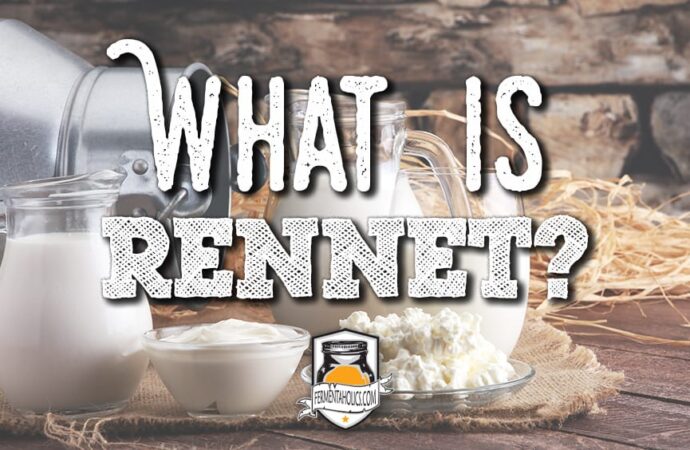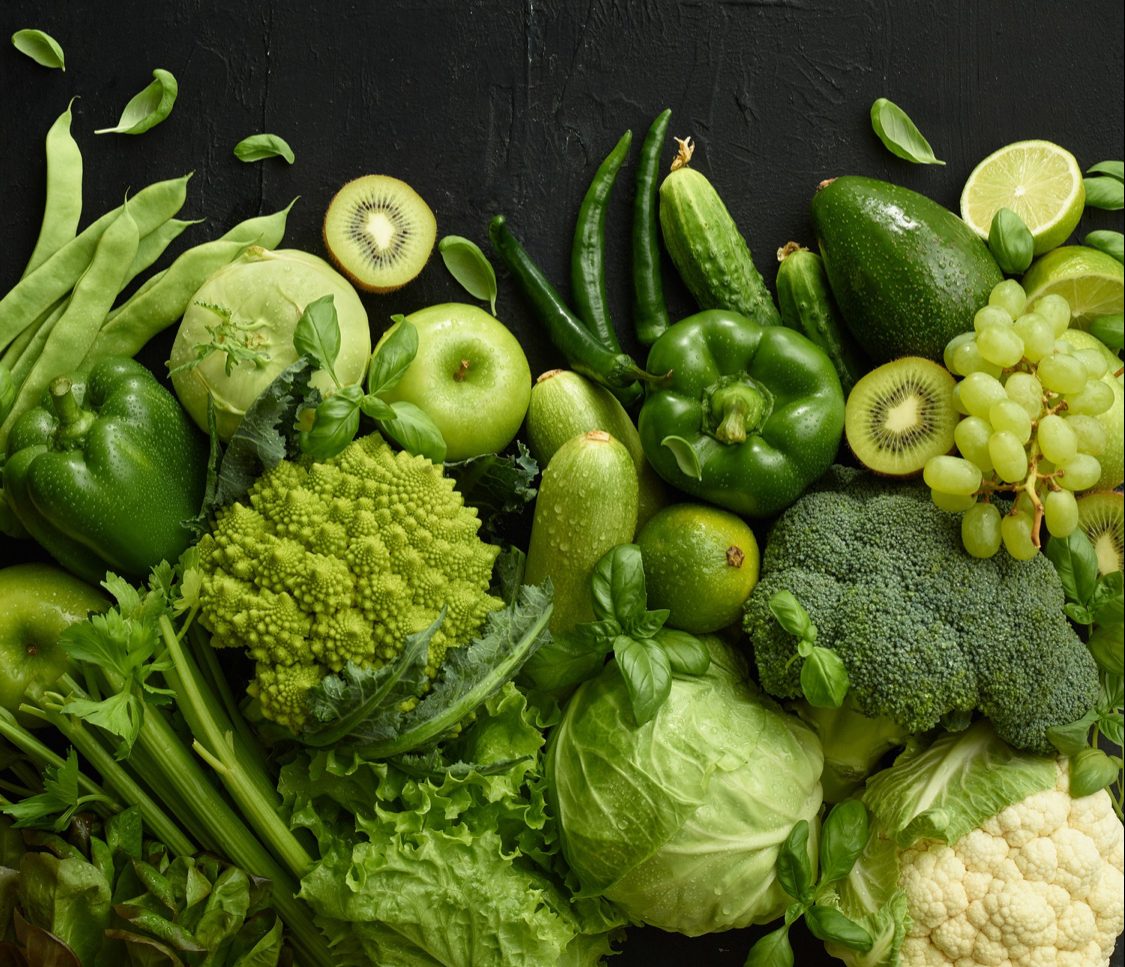Rennet is a cornerstone of cheese-making, responsible for the critical process of coagulating milk into curds and whey. This enzymatic marvel, primarily composed of chymosin, has a fascinating history rooted in tradition and science. While traditionally sourced from the stomach lining of young ruminants, rennet has evolved to include microbial, plant-based, and genetically engineered alternatives, addressing ethical and dietary concerns. As cheese-making practices advance, the role of rennet continues to spark discussions about sustainability and inclusivity, highlighting the need for innovation. This article explores the origins, types, applications, and ethical dimensions of rennet in modern cheese production.
What is Rennet?
Rennet refers to a complex set of enzymes, with chymosin being the most significant. These enzymes specifically target casein, a milk protein, causing it to coagulate and form curds. This process is essential in cheese-making, as it separates the solid curds (used to make cheese) from the liquid whey. Traditionally, rennet is extracted from the lining of the fourth stomach of young ruminant animals, such as calves, lambs, and kids (young goats). However, with the growing demand for cheese and ethical concerns, alternative sources have been developed.
Types of Rennet
Rennet can be broadly classified into four types based on its source:
- Animal Rennet:
- Traditionally obtained from the stomach lining of young ruminants.
- Contains chymosin and other enzymes that work efficiently at the pH of the milk.
- Preferred for making traditional and aged cheeses due to its superior coagulation properties.
- Microbial Rennet:
- Produced by fermenting certain types of fungi or bacteria, such as Rhizomucor miehei.
- Considered suitable for vegetarians if no animal-derived substances are used during production.
- Often used in mass-market cheese production due to its cost-effectiveness.
- Plant-Based Rennet:
- Extracted from plants like thistles, nettles, or fig leaves, which contain coagulating enzymes.
- Used historically in specific cheese-making traditions, especially in Mediterranean regions.
- Can impart a distinct flavour to the cheese, which might not suit all palates.
- Genetically Engineered (Fermentation-Produced Chymosin):
- Created by inserting chymosin-producing genes into microorganisms such as yeast or bacteria.
- Accounts for a significant portion of rennet used in modern cheese-making.
- Considered ethical and sustainable, suitable for vegetarians.
Applications of Rennet

Rennet is indispensable in the production of a wide variety of cheeses, ranging from soft varieties like mozzarella to hard ones like Parmesan. The choice of rennet influences not only the texture but also the flavour and ageing potential of the cheese.
- Traditional Cheese-Making: Artisanal and speciality cheeses often use animal rennet for its reliable coagulation and flavour development.
- Mass-Produced Cheeses: Microbial and fermentation-produced rennet are commonly used for their scalability and cost-efficiency.
- Vegan Alternatives: Plant-based rennet is gaining popularity among vegan cheese producers to cater to the growing demand for plant-based foods.
Beyond cheese-making, rennet also finds niche applications in the production of desserts like junkets and certain dairy-based confections.
Ethical and Dietary Considerations
The source of rennet has significant implications for dietary practices and ethical choices:
- Vegetarian Concerns: Many vegetarians avoid animal rennet due to its derivation from slaughtered animals. Microbial and fermentation-produced rennet provide suitable alternatives.
- Vegan Adaptations: Plant-based rennet aligns with vegan principles, though it may require specific expertise for optimal cheese-making results.
- Religious Restrictions: Certain religious dietary laws, such as kosher and halal guidelines, may restrict the use of traditional animal rennet. Certified microbial or fermentation-produced rennet often fulfils these requirements.
- Sustainability: Genetically engineered rennet is considered an eco-friendly choice, reducing the reliance on animal-derived products and lowering the environmental impact.
Challenges in Rennet Production and Use
While rennet remains a cornerstone of cheese-making, it poses certain challenges:
- Flavour Impacts: Non-animal rennets can sometimes alter the flavour profile of the cheese.
- Cost and Availability: Microbial and plant-based rennet may be more affordable, but their availability can vary regionally.
- Consumer Awareness: Educating consumers about the source of rennet in their cheese is crucial for informed dietary choices.
Conclusion
Rennet, in its various forms, remains a cornerstone of cheese production. However, the reliance on animal-based rennet raises ethical concerns and limits its appeal to certain consumer groups. The shift towards microbial and genetically engineered rennet offers a promising solution, catering to the growing demand for vegetarian, halal, and kosher options. While these alternatives can maintain the quality and consistency of traditional cheeses, their widespread adoption still faces challenges, including regulatory hurdles and consumer education. A more inclusive and transparent approach in the industry can help overcome these obstacles, ensuring that cheese production evolves to meet both ethical standards and consumer expectations.
 Food Manifest
Food Manifest 


















